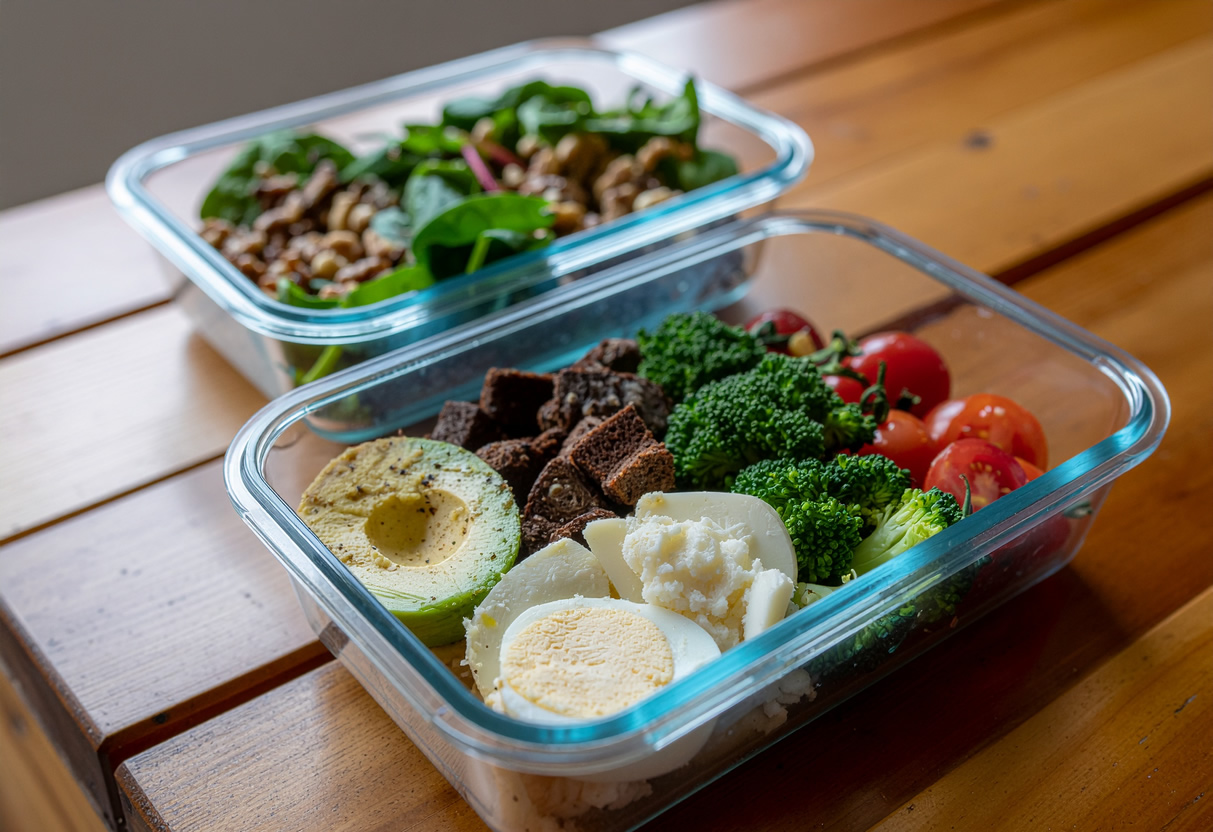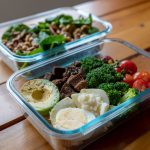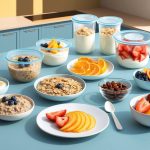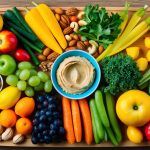
Developing Healthy Eating Habits for Lasting Change
Consistent meal planning, reducing processed food, and prioritizing whole grains and fruits are essential steps for creating long-term healthy eating habits. Making strategic adjustments in daily routines allows individuals to sustain weight loss while improving overall wellness.
Building Sustainable Meal Planning Routines
Establishing a routine for meal planning is one of the most effective strategies for preventing unhealthy food choices. Allocating time each week to organize meals helps reduce impulsive eating and minimizes food waste.
Keeping a grocery list of lean proteins, whole grains, and a variety of fruits and vegetables ensures a balanced intake. Meal prepping ahead of time—such as chopping vegetables, cooking grains in bulk, and portioning out snacks—saves time during busy weekdays.
Scheduling set times for grocery shopping and meal prep each week supports consistency. Rotating a stable group of recipes can reduce decision fatigue and provide structure.
Keeping nutritious staples like brown rice, frozen vegetables, and canned beans on hand can make healthy meal prep easier, especially when life gets busy.
Avoiding Processed Foods
Minimizing processed foods is a critical part of healthy eating and weight management. Packaged items often contain excess sodium, added sugars, and unhealthy fats that can stall weight loss and negatively affect overall health.
Aiming to cook more meals at home helps control ingredients and portion sizes. Reading nutrition labels when shopping makes it easier to identify hidden additives or excess calories.
Whenever possible, choose whole foods such as fresh fruits, unseasoned meats, and unprocessed grains. As highlighted by EatingWell, prioritizing these foods supports better energy levels and more stable weight.
Snack alternatives like air-popped popcorn, raw veggies, or fruit can replace chips, cookies, and processed snacks. Over time, taste preferences begin to shift, making it easier to avoid overly processed options in favor of more natural foods.
Incorporating Whole Grains and More Fruits
Whole grains and fruits are central to a nutrient-rich meal plan. Unlike refined grains, whole grains like quinoa, bulgur, and brown rice retain fiber and important nutrients that help with satiety and weight control.
Adding these grains to salads, stir-fries, or breakfast bowls can keep meals interesting and filling. For fruits, incorporating different types throughout the day provides vitamins, antioxidants, and dietary fiber.
Keeping sliced fruit ready in the fridge and using it as part of snacks or desserts makes healthy choices more convenient. According to Healthline’s meal prep guide, building meals around whole grains and fruits supports stable blood sugar and digestive health.
Consider making a table to track new whole grain recipes or different fruits tried during each week. Simple changes like swapping white bread for whole grain or adding berries to oatmeal gradually shift eating patterns toward more wholesome, nutrient-dense options.
Frequently Asked Questions
Meal prepping for weight loss helps with calorie control, nutrition balance, and portion management. Selecting the right foods, following simple recipes, and organizing meals ahead of time can make sustaining a weight loss plan more realistic.
What are some high-protein meal prep ideas that can aid in weight loss?
High-protein meal prep options include grilled chicken breast, hard-boiled eggs, turkey chili, tuna salad, or Greek yogurt with nuts. Lentil soup and baked salmon are also nutritious, filling choices.
These meals help preserve muscle mass and curb hunger throughout the day.
How can I prepare a healthy meal plan for a week to lose weight?
A healthy weekly meal plan prioritizes lean proteins, fresh vegetables, whole grains, and healthy fats in each meal. Foods are prepped and portioned into containers for easy grab-and-go options.
Examples include baked chicken with quinoa and steamed broccoli, or overnight oats and sliced fruit for breakfast.
Are there budget-friendly meal prep recipes that are suitable for weight loss?
There are several affordable meal prep recipes suited for weight loss, like bean chili, vegetable stir-fry with brown rice, and chicken breast with roasted vegetables. Buying ingredients in bulk and choosing seasonal produce can help lower costs.
For more ideas, check these budget-friendly weight loss meal prep recipes.
How should I portion my meals during meal prep for effective weight loss?
Individual containers make it easy to portion meals for calorie control. Most meal preps for weight loss aim for 300–500 calories per meal, depending on personal goals and dietary needs.
Tracking macros and calories using apps or a spreadsheet can help with accuracy, as discussed in meal prep portioning tips.
What is a good 7-day meal prep plan for losing weight?
A solid 7-day meal prep plan includes a mix of protein-rich dishes, vegetables, and whole grains, distributed throughout the week for variety and balance. Common plans rotate between baked protein, hearty salads, and convenient breakfasts like overnight oats.
For practical options, explore this 7-day healthy meal prep plan for weight loss.
Can meal prepping help in losing weight and how does it do so?
Meal prepping supports weight loss by providing ready-made, portion-controlled meals. This helps reduce spontaneous, less healthy food choices.
It also allows for better management of daily calorie and nutrient intake. Many find it lowers stress around eating decisions and encourages consistent, healthy habits, according to registered dietitians and nutritionists.



